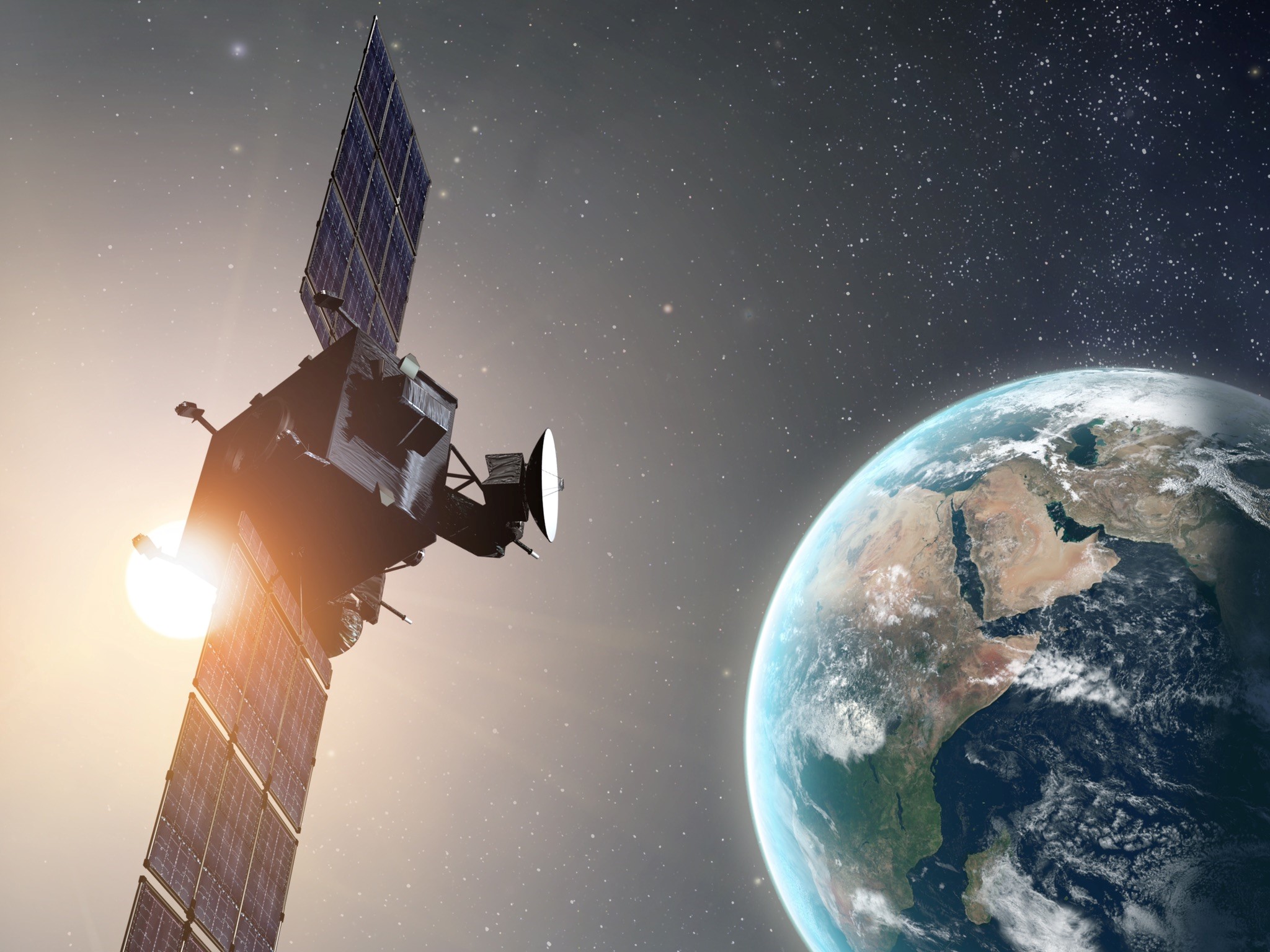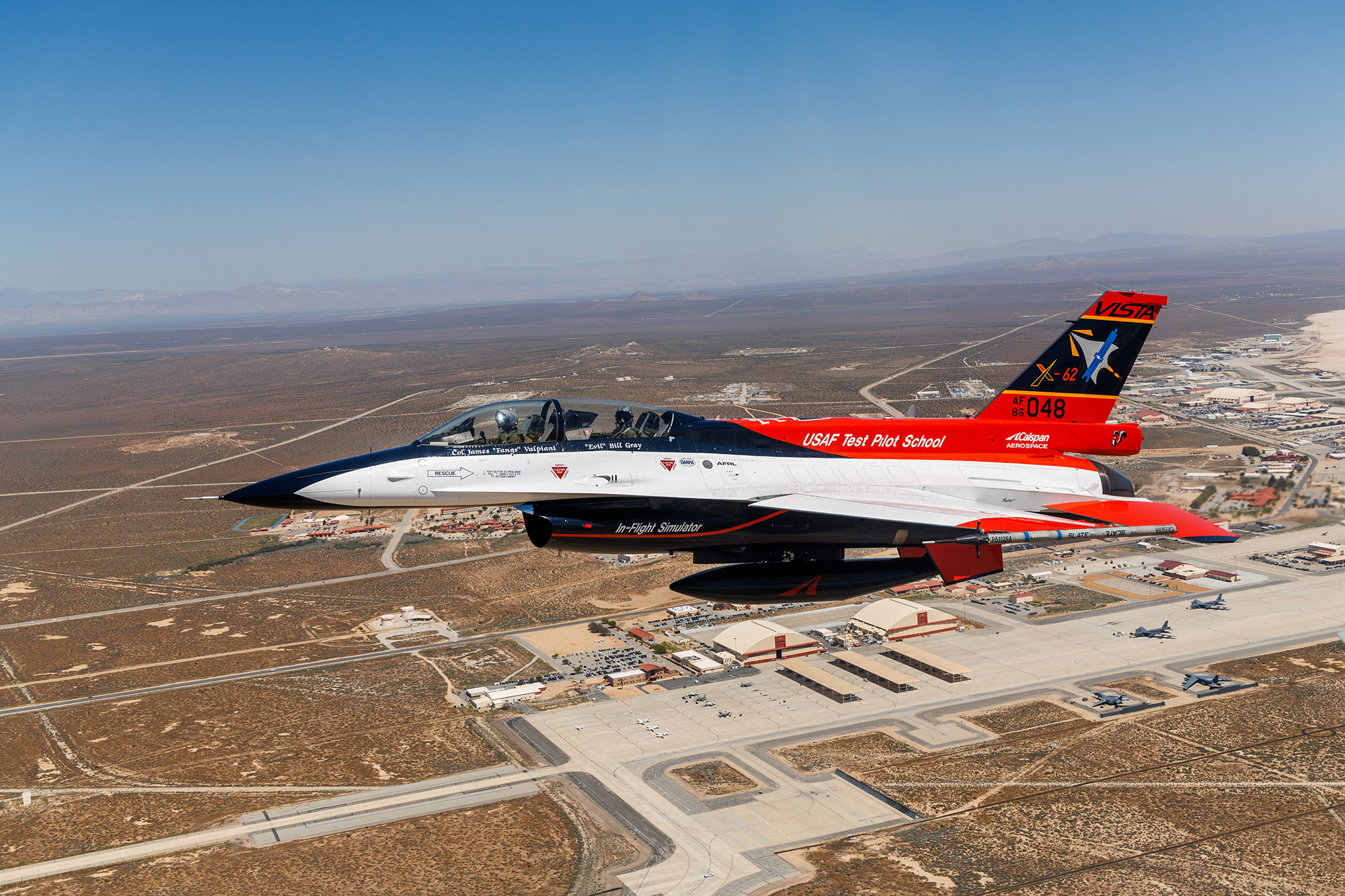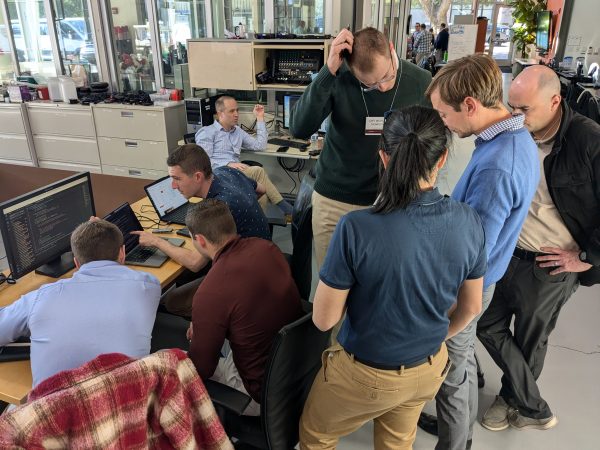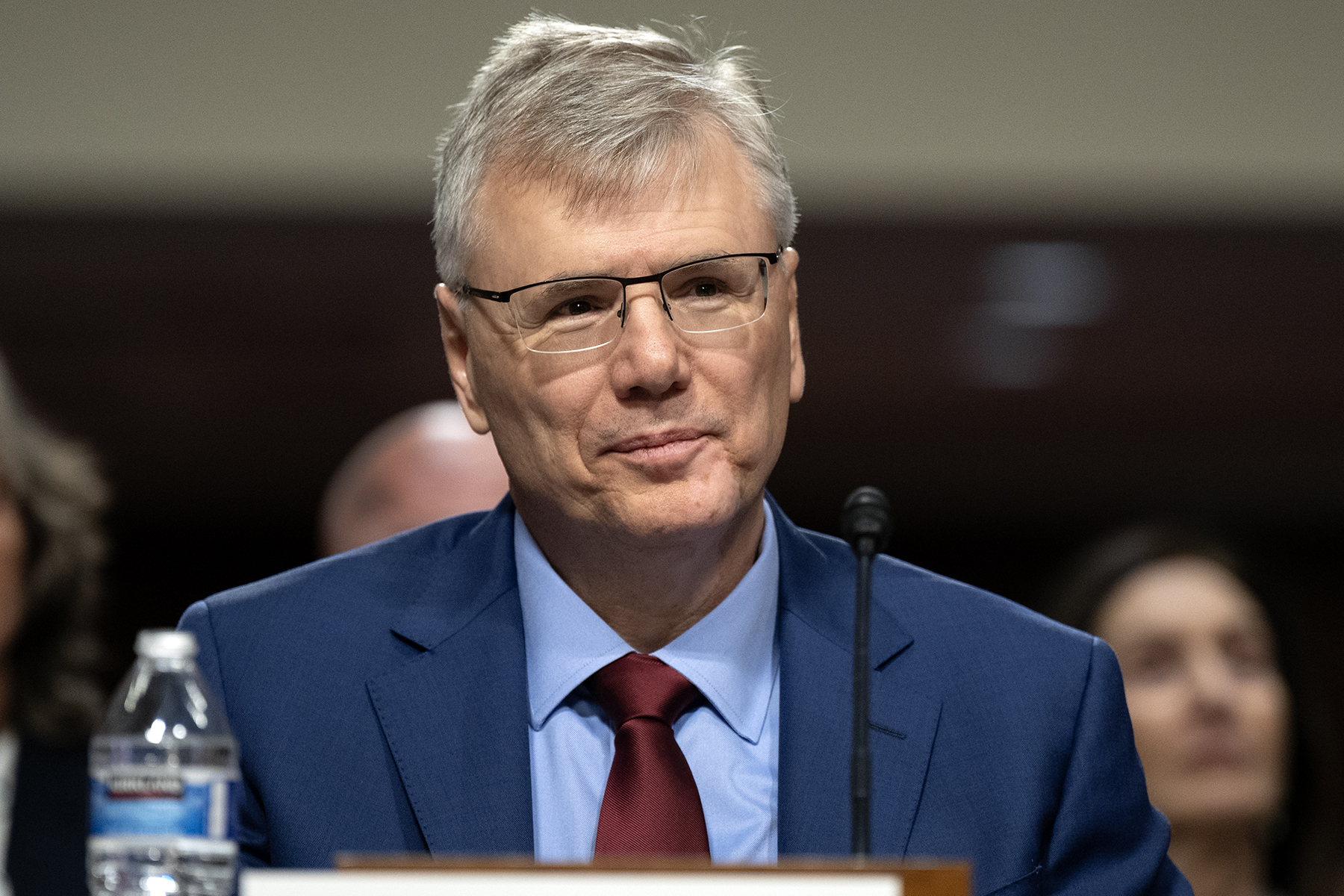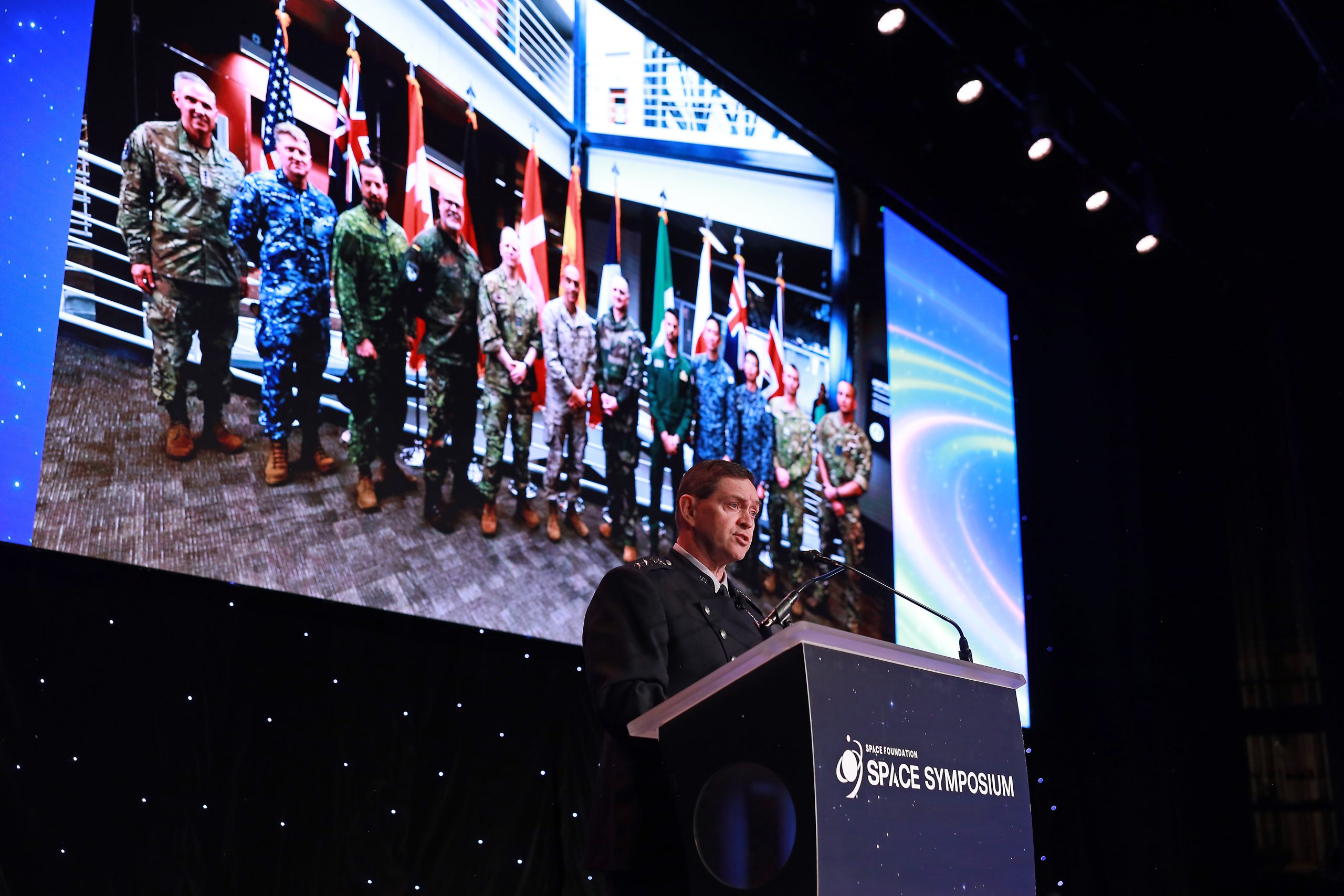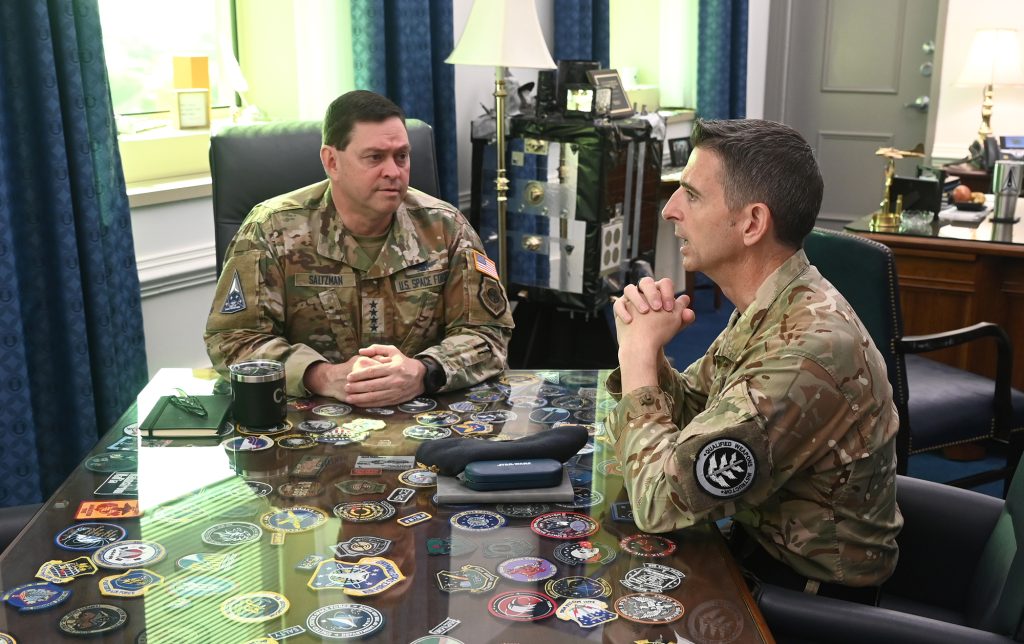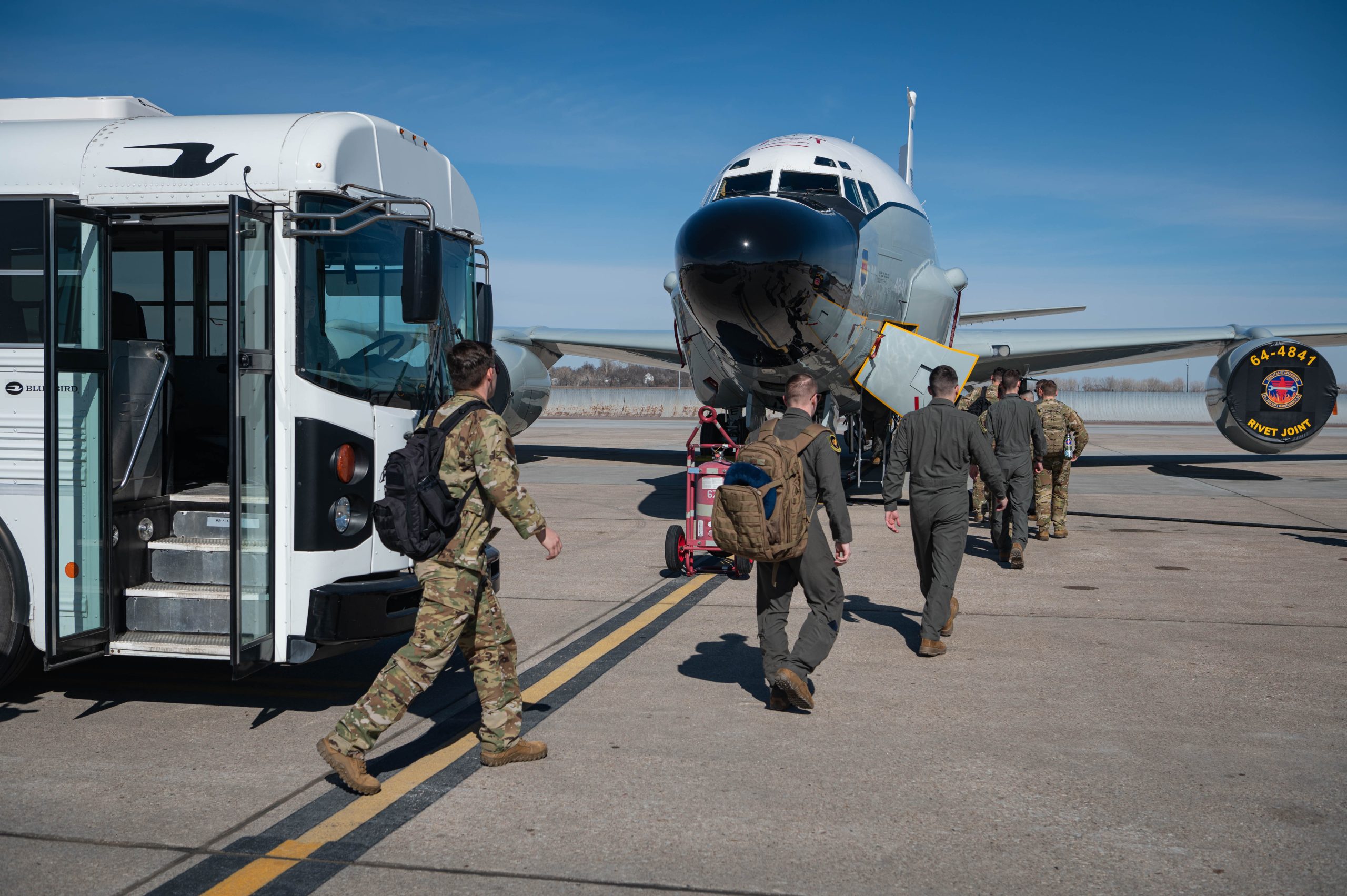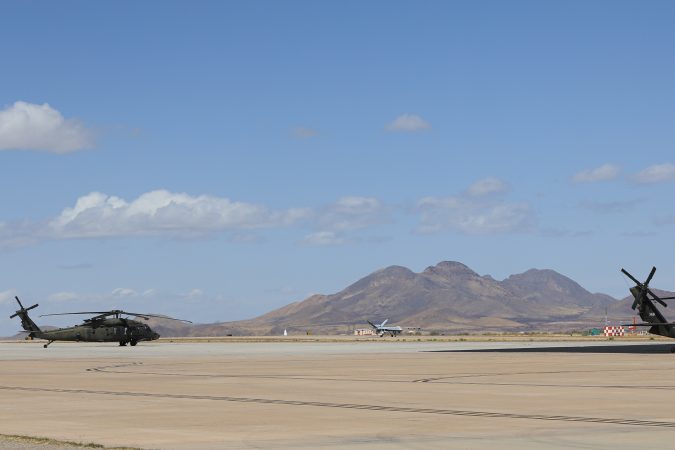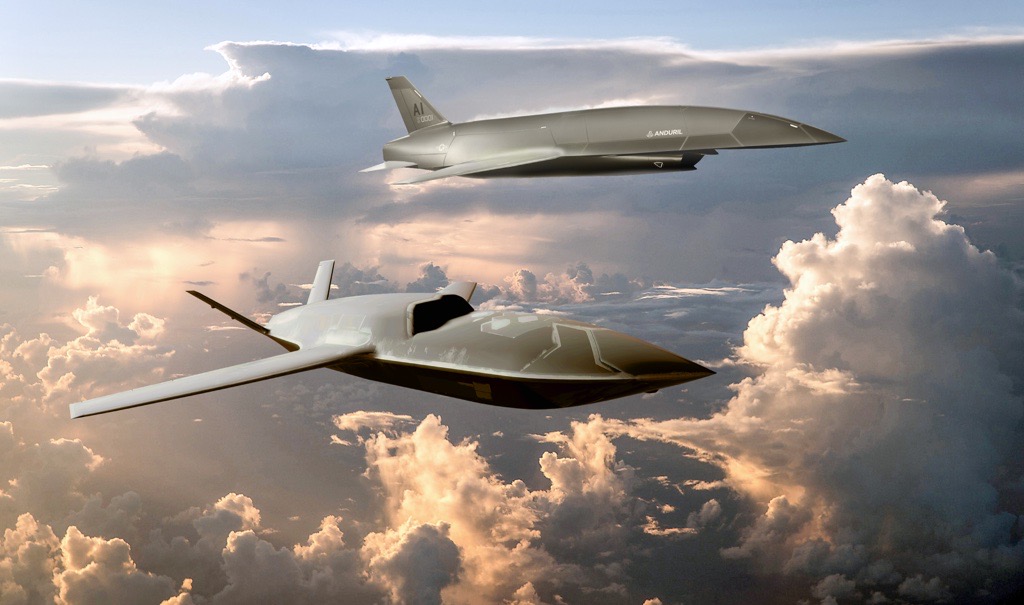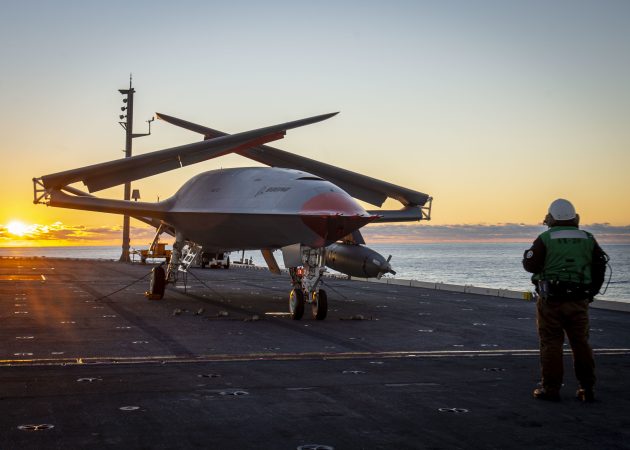COLORADO SPRINGS, Colo.—The Pentagon’s plan to implement President Donald Trump’s “Golden Dome” missile defense system is still in the works and nothing final has been decided, but at the Space Symposium here, military and industry officials alike touted partnerships and work already done that will feed into the initiative.
Indeed, while many of the headlines around Golden Dome have focused on the groundbreaking technologies and new efforts required, officials said many of the other capabilities mentioned in Trump’s executive order about detecting and tracking missiles from space are things they’ve been working on for a while now.
“President Trump’s executive order is a big policy shift, but I would say it is a recognition of what we’ve seen over the past years with the expanding missile threat,” Missile Defense Agency Deputy Director Maj. Gen. D. Jason Cothern said.
Those threats include growing capacity for the likes of Iran and North Korea, plus the advanced arsenals of China and Russia with new technology like hypersonic glide vehicles and fractional orbital bombardment systems.
In response, Cothern said MDA Director Lt. Gen. Heath A. Collins was working to up the agency’s game even before the Golden Dome order came out.
“For the last year, our director … has been leading us across multiple axes to be more agile as an institution, to retool us for great power competition, and to live his vision of ‘go fast and think big,’” Cothern said.
Among those changes, Cothern cited a new strategic road map, an advanced capabilities office, and a renewed focus on program execution.
Likewise, Col. Jon Strizzi of the Space Systems Integration Office and Col. Robert Davis of the Space Sensing directorate—both in the Space Force’s Space Systems Command—each noted that the Space Warfighting Analysis Center conducted a review of the missile warning mission several years ago and concluded that a change was necessary.
“That’s when we pivoted to the [low-Earth orbit and medium-Earth orbit] architecture,” said Davis. “And those are hyperfocused assets on the hypersonic threat, the exact type of threats that are potentially against the homeland that Golden Dome is assigned to detect, track, and then engage and defeat. So we were already heading in that direction.”
MDA has been pivoting too, Cothern said. It started with the agency’s Hypersonic and Ballistic Tracking Space Sensor demonstration, which it has been working on since 2021. Two small satellites were launched into low-Earth orbit in February 2024 and have already proven itself valuable.
“It has collected over 650,000 images, including specifically tailored hypersonic test events, but also interesting real world events,” Cothern said of the HBTSS program.
Trump’s executive order called for the “acceleration of the deployment” of an HBTSS layer. Officials from L3Harris, which built one satellite, say they’re basically already expanding its deployment via contracts with the Space Development Agency for its proliferated low-Earth orbit constellation.
“SDA has taken the MDA technology and as part of the tranches, they are procuring copies of HBTSS,” said Ed Zoiss, the company’s president of space and airborne systems. “We’re not calling it HBTSS anymore, but SDA is procuring copies of HBTSS now.”
At a congressional hearing April 9, U.S. Northern Command boss Gen. Gregory M. Guillot said he needs those new satellites, particularly to track hypersonic missiles.
“The most crucial step, I think, is to get the HBTSS robustly fielded, that would allow us to detect and track in ways that we cannot right now,” he said.
Like their government counterparts, L3Harris executives also say they were already working on some of the things Golden Dome is looking for.
“I think it really started before the executive order came out for L3Harris,” said Zoiss. “L3Harris saw the move from exquisite single systems to proliferated, and we saw that that was going to be really a market shift.”
Chief of Space Operations Gen. B. Chance Saltzman told reporters that “mission analysis” on Golden Dome is ongoing, and the service is specifically looking at what it already has in development. Still, everything is “way predecisional,” he said.
Trump’s executive order, signed Jan. 27, gave the Pentagon 60 days to submit an architecture and plan for Golden Dome. Counting business days, that gives leaders until April 22. Yet even as planning is ongoing, potential elements of Golden Dome are churning forward.
On April 7, the Space Development Agency announced it was soliciting proposals for its latest tranche of missile warning satellites in low-Earth orbit, and Zoiss confirmed to Air & Space Forces Magazine that L3Harris will be pursuing that contract.
At the same time, Space Systems Command is working toward awarding a contract for its next round of missile warning satellites, called Epoch 2, in medium-Earth orbit. The biggest issue there is not a technical issue, but a budget one, Davis said—because of continuing resolutions, the command has had to delay a contract for several months. Epoch 1, meanwhile, is still on track to start launching in 2027.
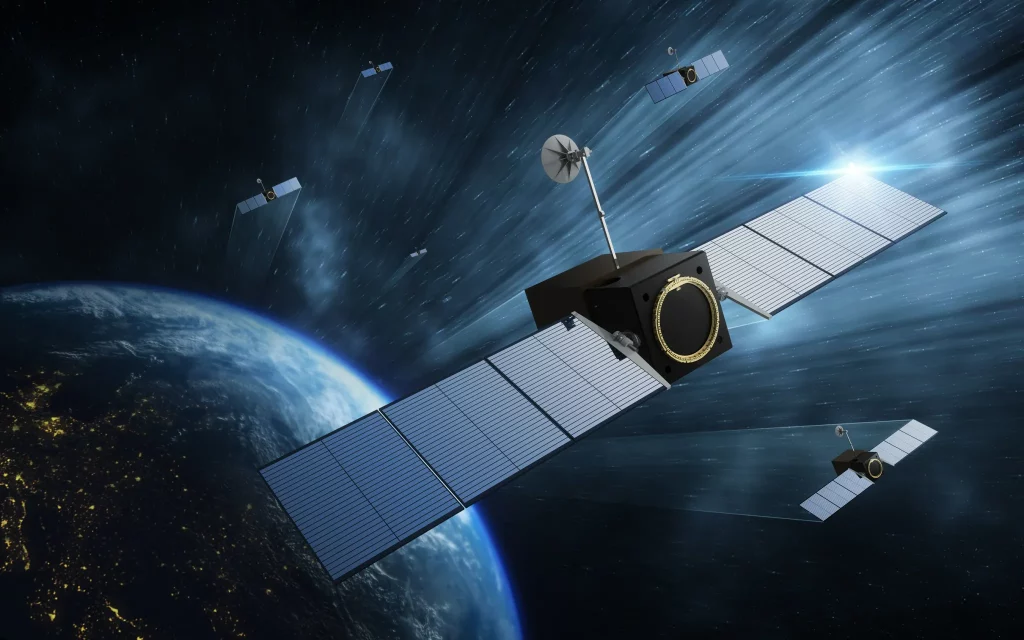
Meanwhile, the Missile Defense Agency is working on yet another prototype satellite called the Discriminating Space Sensor.
“This is a critical new development for us that will provide birth-to-death tracking and discrimination of in-flight ballistic missiles,” Cothern said. “Our plan is to launch this prototype and demonstration by the end of the decade, but who knows how the budgets play out—we may actually be able to accelerate that.”
Accelerating what’s already in development may prove to be the biggest effect of Golden Dome. James Mazol, performing the duties of chief technology officer for the Pentagon, told symposium attendees that the goal is to produce capabilities at a rapid rate.
“We’re going to move fast, we’re going to deliver quickly and repeatedly across the President’s term,” Mazol said—Trump’s term will end in January 2029. “We’re going to leverage the full range of industry, and we’re going to push the limits of technological development.”
Saltzman doubled down on that timeline when discussing what the Pentagon will be looking for at an upcoming Industry Days conference for Golden Dome.
“It’d be great to say, ‘I’ve got the perfect solution, and I only need 12 to 17 years to develop it,’” Saltzman said. “OK, that’s great. Put that over here. Now, what can we do in the next two to four years? Let’s talk about that.”
That timeline already matches some of what the Space Development Agency and Space Systems Command are doing. It remains to be seen if they will try to go even faster with an influx of resources.
As programs in the works move forward, another key part of Golden Dome may be ensuring they fit into a larger framework or “system of systems,” as Saltzman called it. Strizzi said the Space Systems Integration Office isn’t actively working on that while it waits for a plan to be approved by the White House, but it has performed analysis on missile warning before, and he sees his office as a natural fit to make sure everything works together.
“As things evolve and get more solidified with Golden Dome, I think we’ll see that there are specific programs and systems, both legacy and new, within the various PEOs of the space portfolio that are going to need to have some directive and prescriptive integrating functions that are not part of their current programs,” he said.
Coordination and integration will be key, officials agreed. And just as they noted ongoing programs can feed into Golden Dome, they touted preexisting cooperation and relationships that will help the initiative.
“Space and missile defense missions have always been coupled, overlapping Venn diagrams,” Cothern said, adding that MDA and the Space Force are “highly linked” and have a “growing collaboration.”


